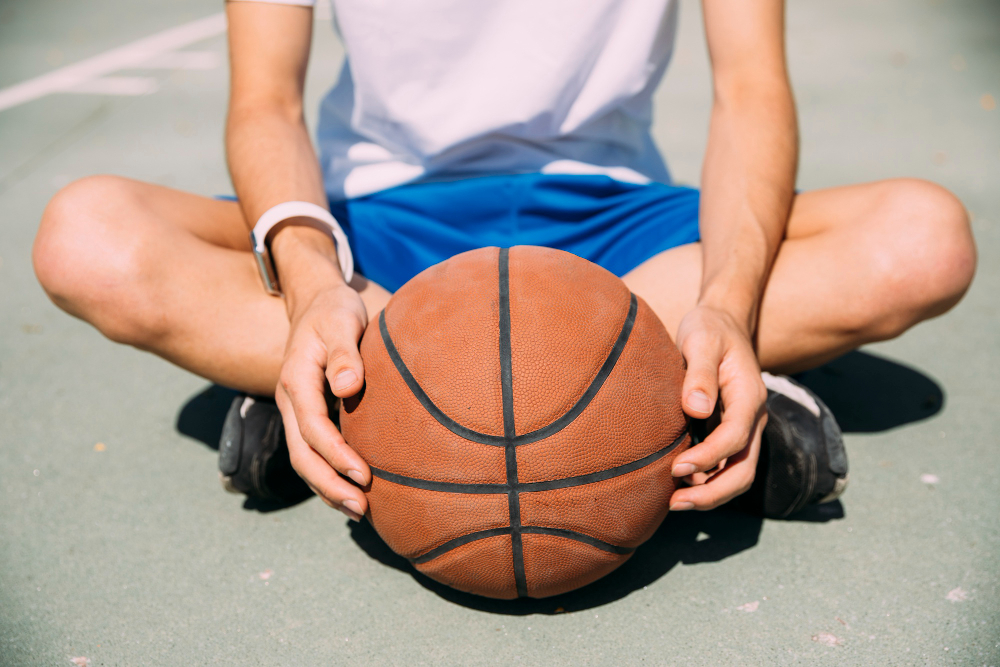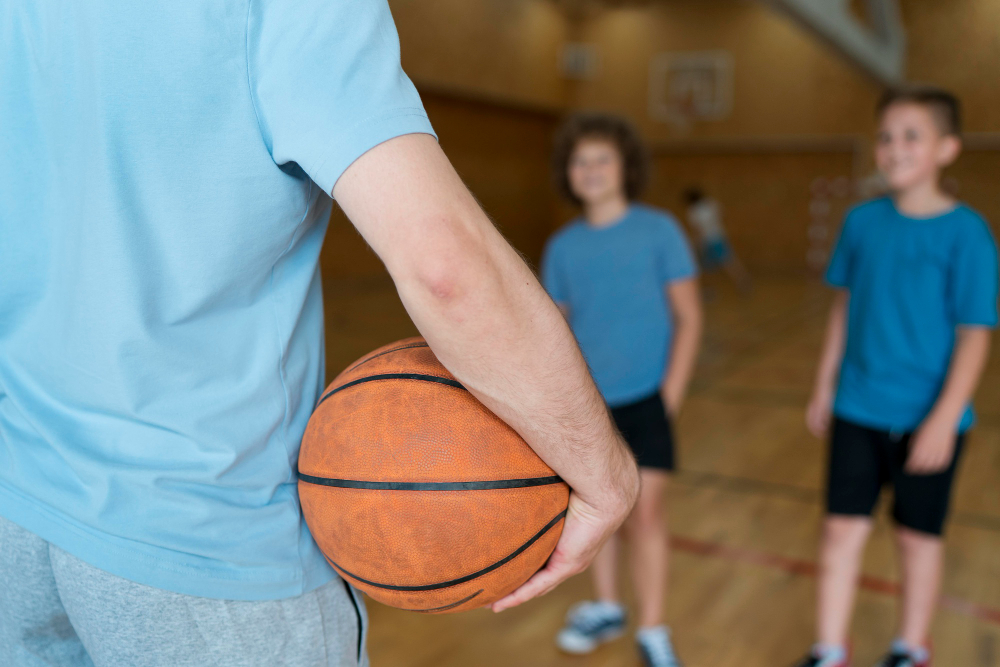Emotional preparation is one of the keys to our development as players, but before we start looking at what can be done to improve the mental aspect, it’s worth understanding how the human brain works.
The brain has two main functions: survival and learning. And if you think about it, learning is also necessary for survival. Since this is its main goal, the brain doesn't like change. It feels more relaxed in familiar environments, activities, or with familiar people.
When environments or activities are new and people are unfamiliar, the brain goes on alert, as it interprets these situations as potential threats.
Among other reasons, this explains why many people not only resist change, but also feel extremely tired by it—whereas in routine situations, they feel comfortable and experience no unusual fatigue.
Of course, if one wants to change that and become someone who feels comfortable and even enjoys new situations, that can be trained.
How to prepare emotionally?
We should take advantage of the fact that the brain likes repetition and familiarity to help it. Let’s take this situation as an example: throughout the day, you go about normal activities (work, school, etc.), and in the evening, you go to training. On the surface, it’s a routine activity, as it happens several times a week. But if nothing specific is done beforehand, by the time training arrives, you'll likely still be carrying thoughts, worries, and emotions from the rest of the day.

To stop “carrying” the situations of the day, you should use some routines that signal to the brain the change of activity. Before training sessions or matches, it will help to establish certain routines that signal to the brain the shift in activity.
Some examples are: listening to a specific type of music, watching inspirational videos, reading something inspiring, preparing the sports bag in a specific order, talking to a certain person who can be a source of inspiration for the game, arriving early to the court and spending time in a place the person enjoys (locker rooms, stands…) seeking solitude for a few minutes to mentally prepare/relax, visualizing the training session ahead (what will be done and how, how you will feel while doing it, etc.), and activating an anchor created with the sports coach.
All of these examples are real, and many athletes use them regularly.
A suggestion to finish: if you’re not doing it yet, start putting into practice one of the examples explained or another one that you feel will work better for you. You can try them for at least two weeks.
Jordi Salat
Head of Emotional Management Area, Sports Program ITW Sport
Sports Coach and PNL Trainer





